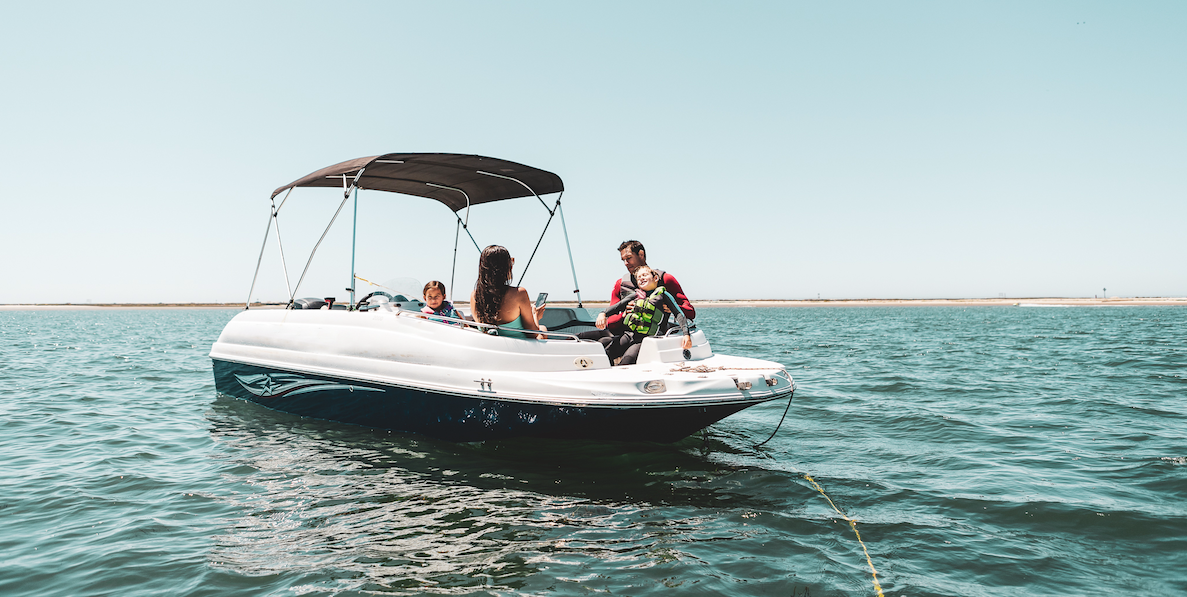On February 19, the Florida Fish and Wildlife Conservation Commission (FWC) approved the Biscayne National Park Fisheries Management Plan. The result of decades of debate, the recreational boating and fishing community successfully advocated for a plan that would increase the abundance of targeted species in the park by 20 percent without implementing a marine reserve that many recreational anglers considered a “lock-out” in the nation’s largest recreational marine park.
The new science-backed fisheries management plan, which will go into effect July 1,2020, proposes aggregate bag and size limits specific to the park to increase the wealth and average size of species such as snapper, grouper, hogfish, triggerfish, and grunts. Additionally, the plan addresses:
- Creates five new Coral Reef Protection Areas (CRPAs) which allow for the continuation of boating and of hook and line fishing. These realistic protections secure some of the most sensitive ecological parts of Biscayne National Park from trap and lobster harvest-related damages.
- Identifies a trap-free zone near the Biscayne National Park Visitor Center, which is a high traffic zone. This measure builds on the park’s prohibition of lobstering in the area, to cause less stress on the environment, promote safer access, and reduce user conflict.
- Lastly, the plan establishes a no-trawl zone within a portion of Biscayne National Park. This sensible protection is meant to conserve seagrass and hardbottom nursery habitats, which will provide reasonable protections for fish and invertebrates and reduce the chance of bycatch.
In addition to approving this new fisheries management plan, FWC approved the following:
- The joint Biscayne National Park-FWC Science Plan to monitor fish stocks and establish baseline conditions and benchmarks every five years. This will ensure fish stock abundance for generations of anglers to come.
- A Memorandum of Understanding (MOU) between Biscayne National Park and FWC to clarify each party’s role in research and monitoring. This MOU includes an agreement that marine reserves would only be considered a suitable conservation option if all other options have been exhausted.
Biscayne National Park and its fisheries management decisions affect the over half a million visitors it welcomes to off the coast of Miami, Florida each year, and influences management plans in other parks across the nation. The recreational boating and fishing community considers it critically important that the park’s decisions identify sound science-backed solutions to balance conservation and public access. Sound conservation decisions to preserve vital aquatic ecosystems have a direct impact on the business of our industry, and how many recreators ultimately get out on the water. This is a major victory for our community, which ensures that our industry can continue to enjoy Biscayne National Park’s robust aquatic resources for years to come.
For more information, please contact MRAA Government Relations Manager, Adam Fortier-Brown at adam@mraa.com.




